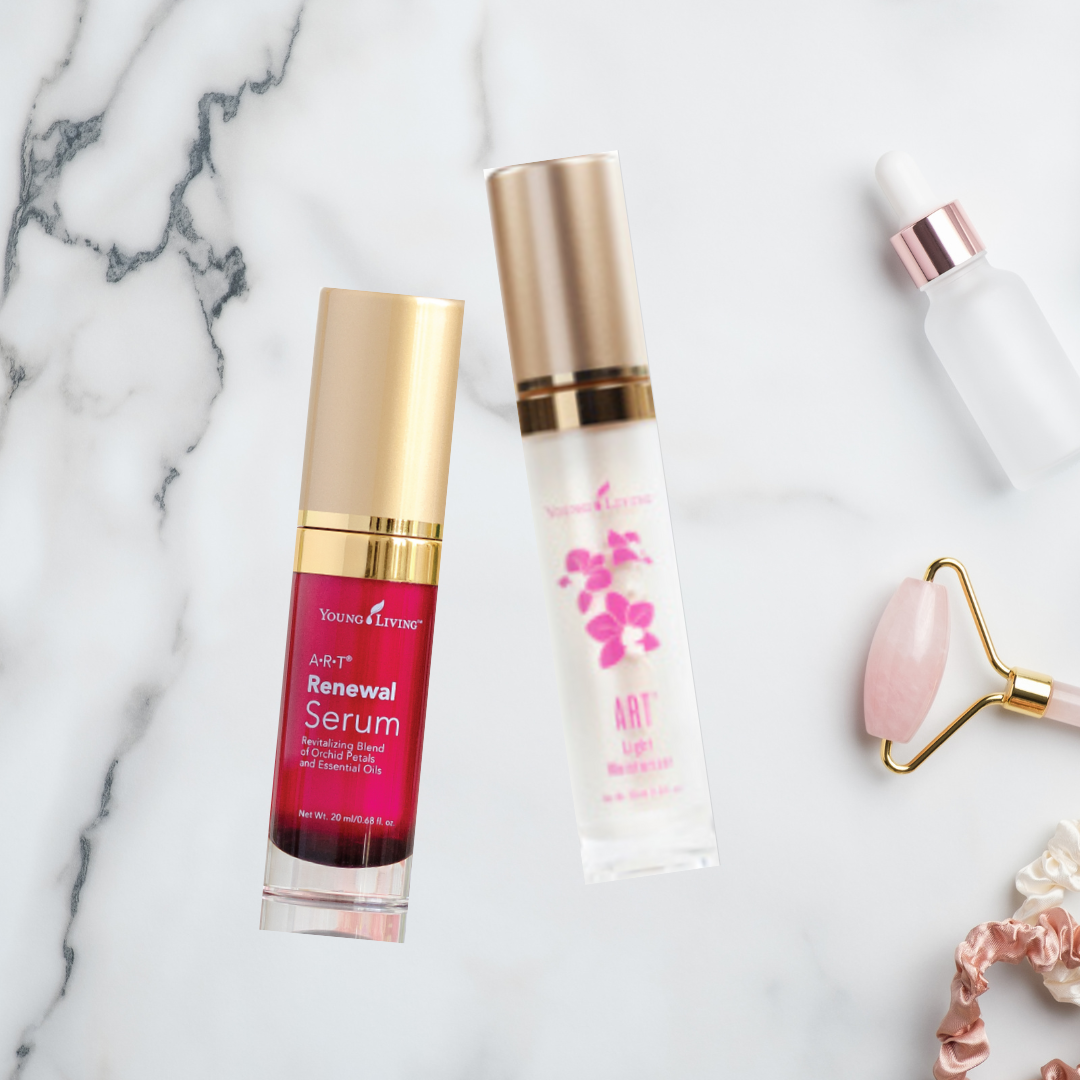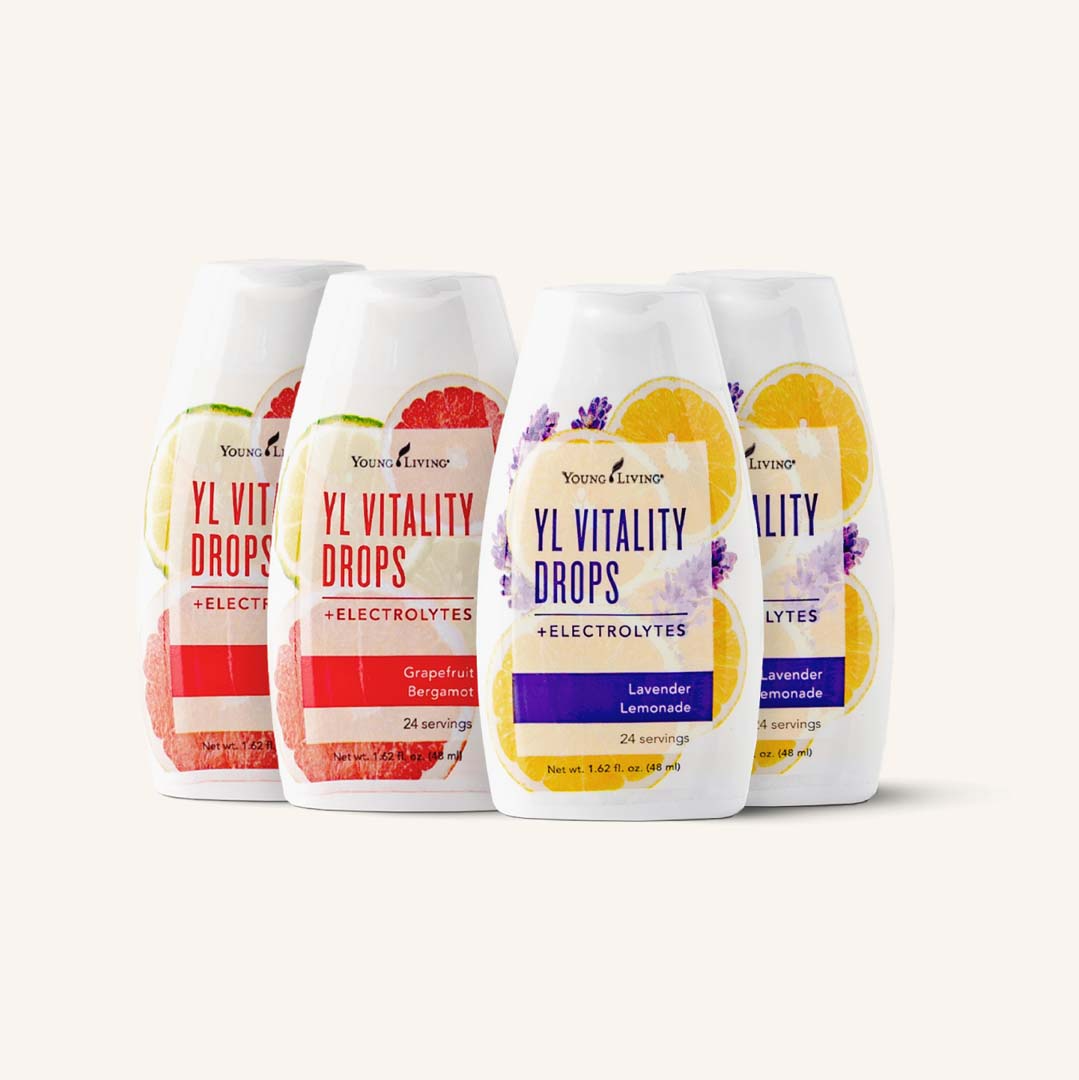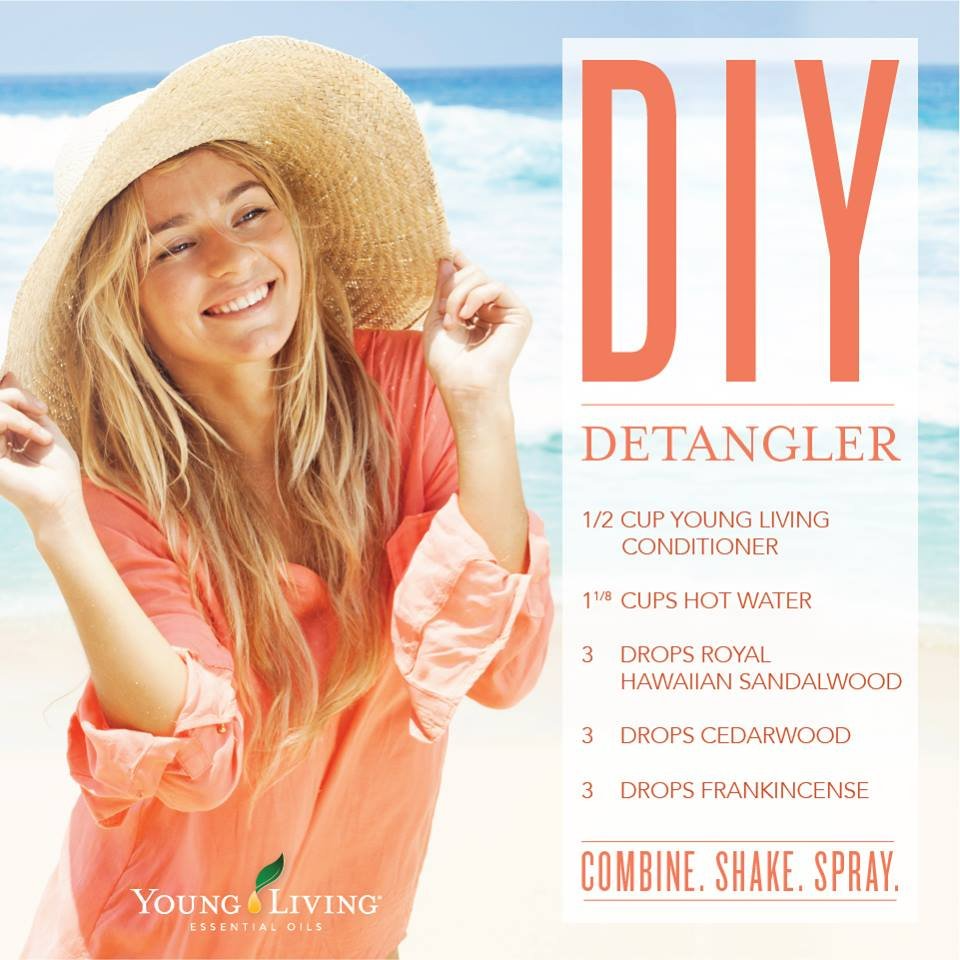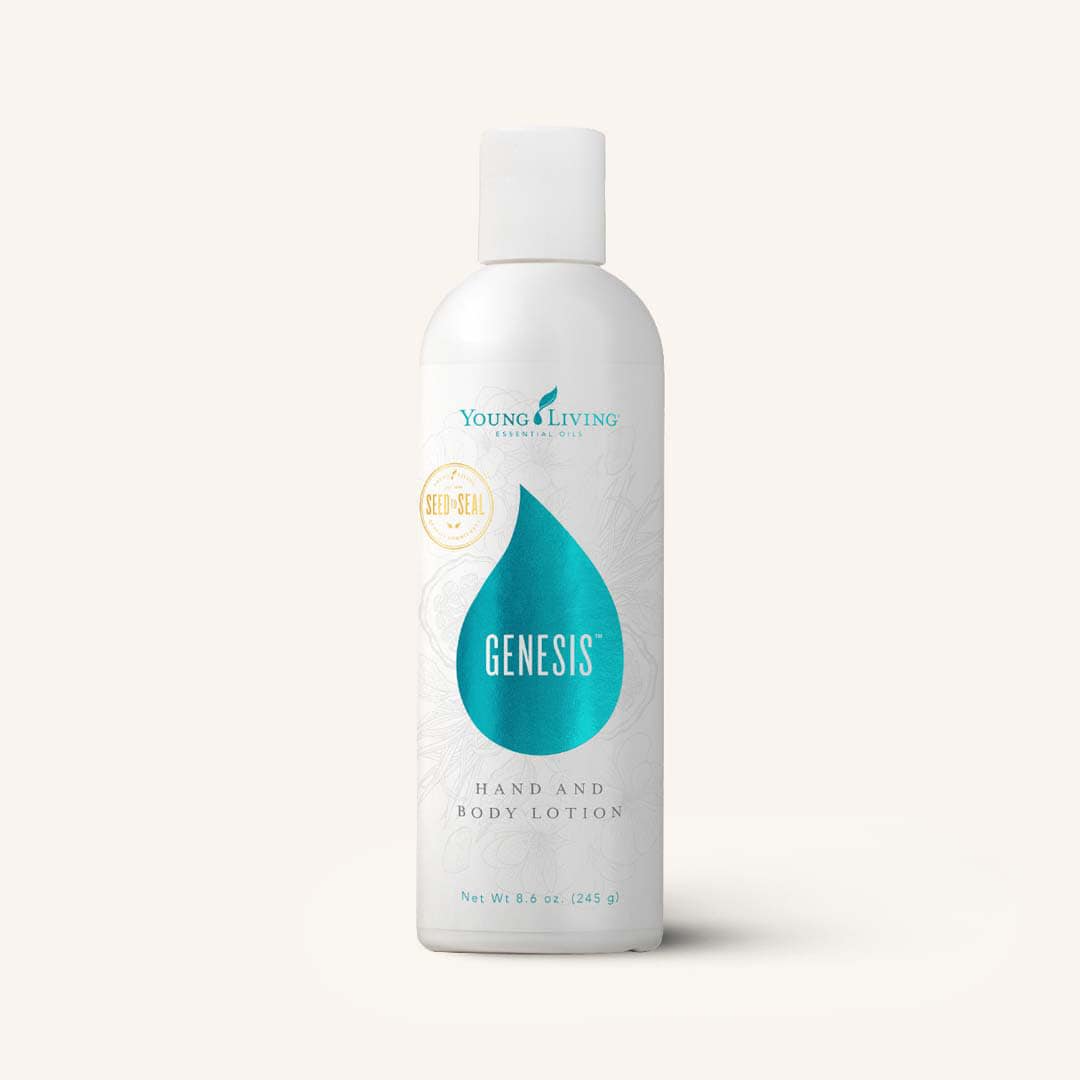

Summer is almost upon us. Here are some tips to come out of hibernation and spring into summer.
Skin and hair get a lot of abuse during the summer months – they have a tendency to dry out and become course from sun exposure and salt water damage.

For some, the best thing about summer is the natural golden glow of skin. What is more important than getting our daily dose of Vitamin D or a healthy tan, is making sure we keep safe. Using a sunscreen is one of the best ways to protect your skin. There are 3 different kinds of sunscreens .... chemical, mineral, and nano-enhanced. Only one of these .... mineral .... is truly safe. Listen as Dr. Oli Wenker explains the dangers of chemical and nano-enhanced and why "mineral" sunscreens are the best option.
Mineral sunscreen: Protecting your skin, protecting the earth
You can be sitting in the sweltering summer sun or getting refracted rays off snowy slopes—no matter how you’re playing in the sunshine, one thing is vital: protecting your skin. Having a natural sunscreen you can count on means more fun outdoors without worrying about sunburn or the intrusion of toxic chemicals into your bloodstream.
How does sunscreen work?
Mineral sunscreen SPF 50 | Young LivingSunscreen protects your skin by blocking UV rays. Watch this video for a complete breakdown, and check out our simplified explanation below.
Chemical sunscreens:
Many chemical sunscreens contain avobenzone, oxybenzone, retinyl palmitate, parabens, phthalates, petrochemicals, PABA and 1, 4-dioxane, UV chemical absorbers, artificial colors, and synthetic fragrances. These work by chemically absorbing UV light, but they also present the potential for system toxicity.
The FDA recently ran an exploratory maximal usage trial measuring just how much of topical sunscreen products our bodies absorb when following correct usage instructions. Words like avobenzone, oxybenzone, ecamsule, and octocrylene already sound intimidating; it’s even scarier to find out that they are the chemicals found in most common sunscreens and cosmetics. These chemicals are active ingredients in most commercially available products. In a recent study published in a peer-reviewed journal, researchers found that after using sunscreens with these ingredients as active compounds, those chemicals were detected in the bloodstream.
Barrier sunscreens:
Using ingredients such as zinc oxide or titanium dioxide, barrier sunscreens block UV rays rather than absorbing them. However, in attempts to make these more appealing to the consumer, many so-called “natural sunscreens” end up using nanoparticle-sized zinc oxide in their sunscreen formula, which means they contain particles so small that they can enter your bloodstream.
When the scientists at Young Living formulated our Mineral Sunscreen, they wanted to develop the very best—for kids, adults, for everyone in the family. To create the right sunscreen, they knew blocking UV rays was the right path, so a zinc oxide sunscreen—a barrier approach—was the right formulation. But Young Living’s scientists, bound by the Seed to Seal® commitment to create the absolute best products available, developed a sunscreen that uses non-nano zinc oxide, which means when you wear this sunscreen, you won’t absorb the chemicals into your bloodstream, however benign they may be. To learn more about nanoparticles and why you should steer clear, check out this blog post.

- formulated by Gary Young with a special blend of skin-loving essential oils that includes 100 percent pure Helichrysum,Lavender, Myrrh, Carrot Seed, and Sacred Frankincense.
- over-the-counter, lightweight, fast-absorbing, and provides your skin with added protection from UVA and UVB rays.
- safe for adults and kids alike with powerful sun protection, free from harsh chemicals.
- provides a non-greasy finish and can easily be used under makeup.
- reef safe: free of chemicals such as oxybenzone and octinoxate, which cause coral bleaching
- non-nano formula: coral cannot ingest the zinc oxide particles
- sweat- and water-resistant for up to 80 minutes: your workout or time at the pool is well protected.
- made with pure, naturally derived ingredients
- free of avobenzone, oxybenzone, retinyl palmitate, parabens, phthalates, petrochemicals, PABA and 1,4-dioxane, UV chemical absorbers, artificial colors, and synthetic fragrances.
- has the Skin Cancer Foundation’s seal of approval for daily use.
- dermatologist reviewed to smooth onto skin without a white residue. No more blue tinge or white cast to your zinc sunscreen!
A little bit about SPF:
What do you know about Sun Protection Factor (SPF)? This oft tossed-about term can be confusing, with the assumption that high numbers mean more protection. Well, that’s only sort of true. SPF is a measure of protection from UVB rays, which can cause cancer. If your skin would burn after being in the sun for 10 minutes, an SPF 15 sunscreen would allow you to stay in the sun for approximately 150 minutes—a factor of 15 times longer—without burning. SPF is not meant to help you determine duration of wear.
The SPF scale isn’t linear. For example, SPF 10 blocks 90 percent of UVB rays, SPF 30 blocks 97 percent of UVB rays, and SPF 50 blocks 98 percent of UVB rays. Super-high SPF such as 75 or 100 do not offer significantly greater protection.
Even the most diligent sunscreeners can forget to reapply or miss an awkward spot. When that happens, try LavaDerm After-Sun Spray to help soothe, cool, and temporarily relieve the itching and pain that show up alongside your pesky sunburn.
Hydrating face mask with Helichrysum: Glow alongside the sun with a glistening complexion!
¼ cup aloe vera gel
1 tablespoon coconut oil
Mix together, apply to your face and wear for at least 10 minutes to get maximum moisture. Rinse and shine!
TIP:
Switch to a lighter moisturizer for summer to prevent oil and grease buildup on those T-zones. The ART Renewal Serum is my favorite. Just a little goes a long way. Follow with the ART Light Moisturizer if more is needed or use separately.


Water is lost every day through natural bodily functions. With warmer temperatures there is a natural increase in water loss. It is very vital to be sure you stay hydrated. Some side effects of dehydration are dizziness, fatigue, and confusion.
It is suggested to drink an average of 8oz of water every day. Keep in mind this is just an average under normal circumstances. Some may naturally need more. More would definitely be needed for anyone during more dehydrating environments and situations such as when exercising. If drinking plain water is not your thing, add a little flavoring with cucumbers, lemons or limes or using a drop or two of any citrus essential oils that are properly labeled for ingestion.
In addition to drinking water, there are many water-rich foods that, in addition to hydrating, provide nutritional benefits as well.
Watermelon, cantelope, peaches, strawberrries, and cucumbers are just a few of the hydrating foods you can find here. Watch this video to see other benefits of staying hydrated.
Electrolytes
When your body loses water it also loses electrolytes which are to a properly functioning body AND having a properly hydrated body. Some of the functions of electrolytes are:
- sparking nerve impulses
- maintaining a proper water balance
- balancing blood acidity and blood pressure
- aids in tissue repair
Learn more about electrolytes here.
There are many ways to maintain a balance of electrolytes including this list of foods. A good mineral-rich salt is good source of electrolytes. I personally use Selina's Celtic Salt. However, Himalayan salt is an excellent source as well. Sports Drinks may be the initial go-to. However, be sure to look at the ingredients carefully as many of them are full of artificial colorings, sugars and other undesirable ingredients. This video shows you how to make an electrolyte drink to replace those electrolytes lost during bouts of extreme sweating or during times of sickness as with the stomach bug.
Just for fun make this Electrolyte Popsicle recipe:
Citrus Electrolyte Pops
1/2 cup fresh orange juice
1 tbsp fresh lemon juice
1 cup filtered water or coconut water
1-2 tbsp maple syrup
1/8 tsp himalayan pink or Selina's Celtic salt
Instructions: Put all ingredients in a blender and pulse for a minute. Pour all liquid in popsicle molds and freeze overnight.
Let's face it .... it is not always convenient to make your own electrolyte drink. This is especially true if you are on vacation and happen to get sick, are in the mountains hiking or are on a cruise. We never know when the unexpected will strike so having a pre-made electrolyte that is easy to carry in a backback or purse is a huge plus. I personally like Young Living's Vitality Drops Electrolytes. They are in 2 different flavors .... Lavender/Lemonade and Grapefruit/Bergamot.
- 100% plant-based.
- Electrolyte Blend: sourced from the Great Salt lake
- Full spectrum of electrolytes means it has 72 trace ionic minerals. Our bodies need more than just magnesium, potassium, and sodium.
- No preservatives.
- No artificial colors.
- All-Natural ingredients.
- Stevia sourced from the leaves of the stevia rebaudiana plant. Ingredients found in typical grocery store brands include artificial sweeteners like sucralose and artificial colors like Blue 1 and Red 40. Plus, they only contain two electrolytes.
- Malic acid sourced from apples.
- Citric acid sourced from cassava.
- No gluten or allergen containing ingredients.
- Non-GMO


Bright sun, salty water, pool chemicals and dry wind can all attack your hair. Enjoy your summer activities and, at the same time, mitigate the damage from the elements.
Do you enjoy boating, biking, riding a motorcycle or just being in the summer air? This can leave your hair being "wind-whipped" and a tangled mess. Try this DIY recipe using Hawaiian Sandalwood, Cedarwood, and Frankincense to keep your locks beautiful and free of tangles!!

Try this simple hydrating hair mask. Apply a generous amount of Genesis Lotion to *dry* hair (all over .... even the roots) and let soak in for 15 minutes, then shampoo & condition like normal. You can easily get 15-20 hair masks out of this bottle and it costs $25. SO inexpensive for an incredible hair mask!

Other Tips:
- Protect your hair from UV rays by using a hat or scarf made of UV-shielding materials or apply products with UV protection.
- Moisturize often by trying a leave-in conditioner for long-lasting hydration.
- Carry a travel-sized bottle of moisturizing spray in your purse or beach bag if you want a lighter alternative. Try this recipe.... To a 2oz spray bottle add: 15 drops each Cedarwood, Rosemary and Lavender, 2 tsp organic Jojoba oil, fill with fragrance-free Witch Hazel. Shake before spritzing your hair as needed.
- Try this ready-made Royal Hawaiian Hydrosol spray to mist your hair (or skin) as needed.
- Heavy styling products such as gel can make hair greasy, which may prompt you to wash more causing more dryness. Try switching to lighter options for the summer or using dry shampoo in between washes to manage oil.
- Look for products with moisturizing ingredients .... shea butter, water, aloe vera and glycerin .... instead of drying ingredients such as sulfates, parabens, and sodium chloride.
- Battle the humidity and smooth the frizzies by adding 1 drop of Geranium to your go-to hair oil.

Enjoy some stress-free and pest-free time outdoors with this fun project!!
DIY Citronella Floating Candle Bowl
Supplies
• Glass bowl or container
• Decorations of your choice. You can use anything! (Lemon peels, orange peels, cinnamon sticks, lavender, rosemary, flower petals, river rocks, etc.)
• 20 drops Citronella essential oil
• 10 drops Lemongrass essential oil
• 1 tablespoon witch hazel
• Water to top off glass bowl or container
• 1 unscented floating candle
Instructions
1. Gather decorations and arrange in bowl. We recommend cutting them into two-inch pieces so they don’t bunch at the top of the bowl or cause it to overturn.
2. Add witch hazel, Citronella oil, and Lemongrass essential oil to the bowl.
3. Fill in the remaining bowl space with water.
4. After placing your bowl outside, top it off with the floating candle and light it to create a cozy, aromatic ambiance you and your guests can enjoy throughout the evening.
All individual products have been bundled together here to easily find and select just the products you would like.








